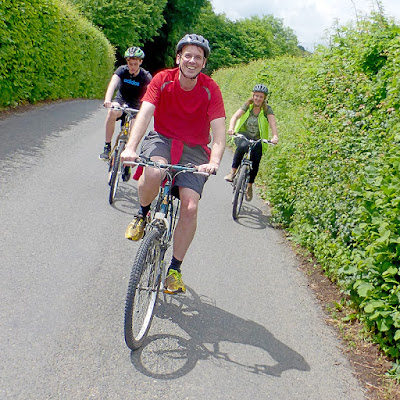Just to quickly record a couple of recent freelance mapping commissions for clients in the region.
Client The Fold, Bransford nr Malvern
• Nature of map: To be included in a print brochure discussing the various cycle rides that the Fold aims to promote in it's vacinity.
•Format: Full colour, digital
Client: Malvern Hills District Council
• Nature of map: To be included in a print brochure discussing children's heritage trail of the town and helping to show it's extent.
• Format: Full colour, digital, colourscheme and typeface use pre-set acc to guidelines.
Client The Fold, Bransford nr Malvern
• Nature of map: To be included in a print brochure discussing the various cycle rides that the Fold aims to promote in it's vacinity.
•Format: Full colour, digital
 |
| Digital map showing 3x circular cycle routes. (Click on map to see on it's own). |
Client: Malvern Hills District Council
• Nature of map: To be included in a print brochure discussing children's heritage trail of the town and helping to show it's extent.
• Format: Full colour, digital, colourscheme and typeface use pre-set acc to guidelines.
 |
| Digital map showing the route of the Children's Heritage Trail. (Click on map to see on it's own). |













































